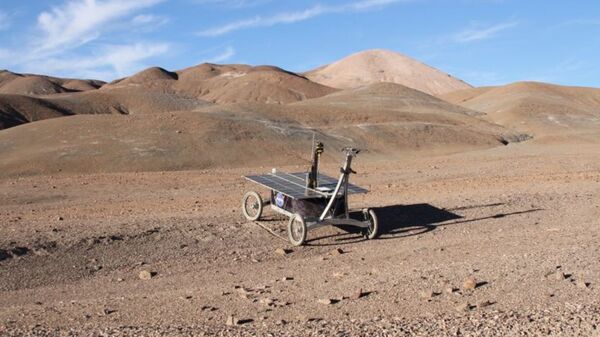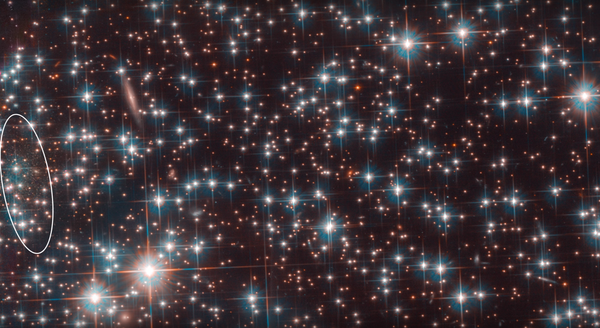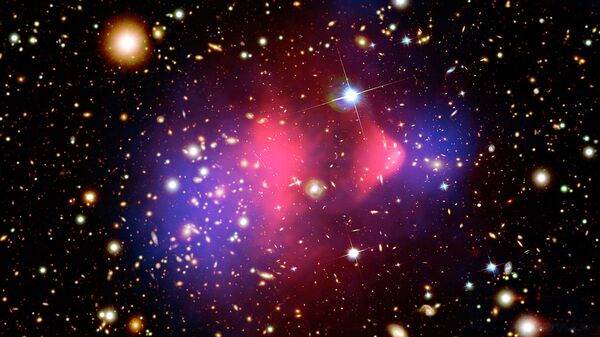A new program, called the Virgo Environment Traced in Carbon Monoxide survey (VERTICO), is investigating the life and death of galaxies out in the far regions of the universe, writes The Conversation.
As stargazers observe galaxies having their star formation shut down, or killed, puzzled astronomers are searching for clues to solve the mystery.
The first ever Canadian-led large project on one of the world’s leading telescopes is hoping to finally do that.
Toby Brown, Post Doctorate Fellow in Astrophysics, McMaster University, and VERTICO’s principal investigator, is leading a team of 30 experts that are using the Atacama Large Millimeter Array (ALMA) to map the molecular hydrogen gas, the fuel from which new stars are made, at high resolution across 51 galaxies in our nearest galaxy cluster, called the Virgo Cluster.
Galaxy clusters are the most huge and extreme environments in the universe, containing many hundreds or even thousands of galaxies.
Such masses go hand in hand with tremendous gravitational forces that accelerate the galaxies to great speeds, often thousands of kilometres-per-second. This results in superheating the plasma in between galaxies, says the scientist.
“Galaxies interact strongly with their surroundings and with each other in the dense interiors of these clusters, and this can quench their star formation,” says Toby Brown.
VERTICO’s joint research aims to finally discover the truth about how these quenching mechanisms shut off star formations.
ALMA was commissioned in 2013 at a cost of US$1.4 billion, and is an array of connected radio dishes at an altitude of 5,000 metres in the Atacama Desert of northern Chile.

The project is an international partnership between Europe, the United States, Canada, Japan, South Korea, Taiwan and Chile.
ALMA is the most advanced millimetre wavelength telescope ever built, enabling the study of clouds of dense cold gas from which new stars form, that cannot be seen using visible light.
According to the lead researcher of the project, the Virgo Cluster is an ideal location for such a detailed study, since it is the nearest massive galaxy cluster and is in the process of forming, offering galaxies in different stages of their life cycles.

Galaxies in the Virgo cluster have been observed at almost every wavelength in the electromagnetic spectrum, but observations of star-forming gas (made at millimetre wavelengths) do not exist yet.
With ALMA data, it will be possible to reveal exactly which quenching mechanisms are killing galaxies in extreme environments and how.
VERTICO will advance our current understanding of how galaxies evolve in the densest regions of the Universe, leading to further breakthroughs in the field.




